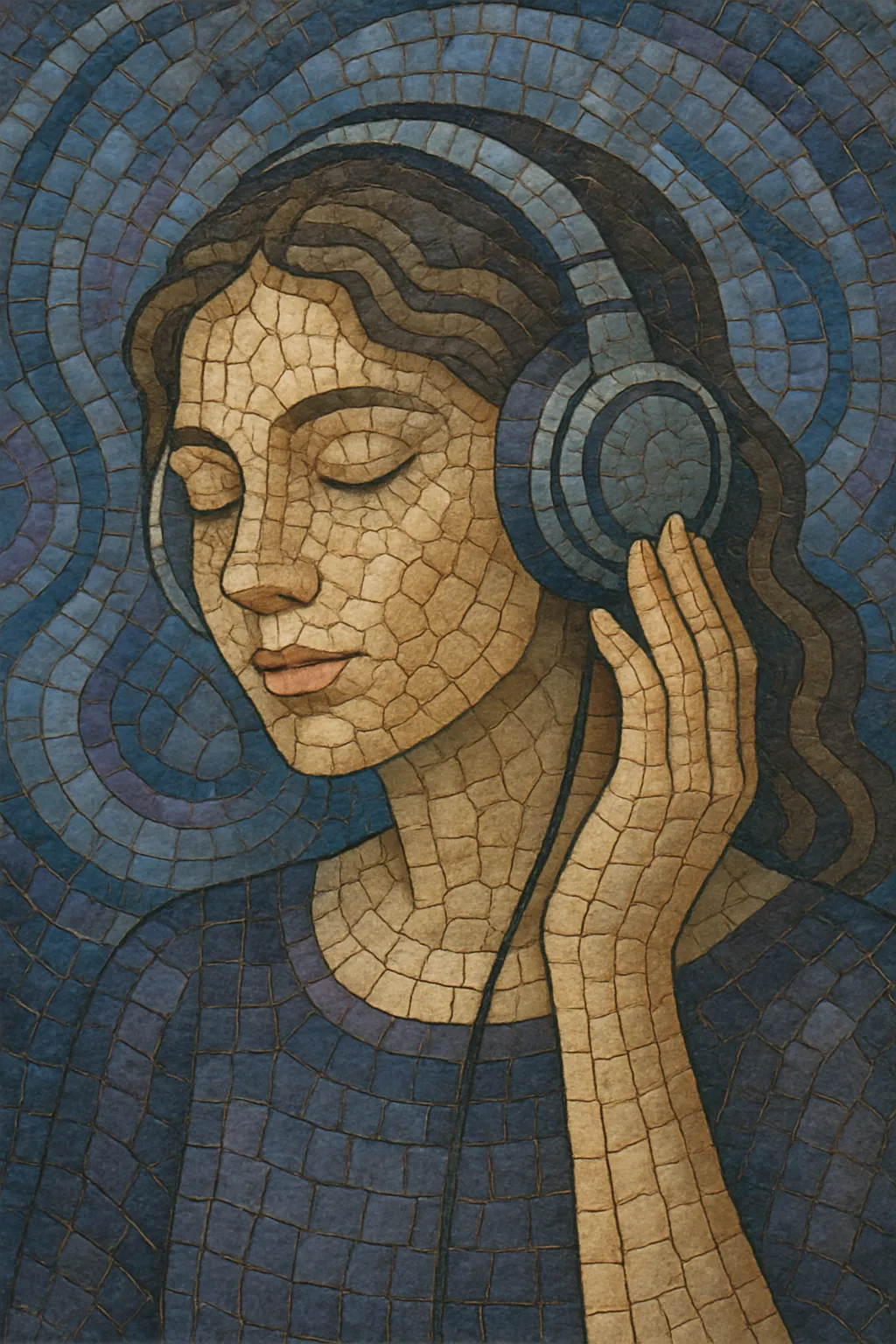ASMR (Autonomous Sensory Meridian Response) as a music/audio genre focuses on close‑miked, low‑intensity sounds designed to induce relaxation, tingling sensations, and sleep.
It typically features whispered speech, soft tapping, brushing, fabric rustling, paper crinkles, page turning, and gentle environmental ambiences arranged with extreme intimacy and spatial detail.
Production emphasizes very low noise floors, high gain, slow pacing, and extensive stereo or binaural imaging so that sounds feel physically "near" the listener.
Unlike song‑based genres, ASMR is usually non‑metrical, largely aperiodic, and minimally harmonic, prioritizing texture, dynamics, and psychoacoustic immersion over melody and rhythm.
Whisper and relaxation videos began circulating on early video platforms in the late 2000s. In 2010, the term “ASMR” was coined within online communities to label the tingling and deeply calming response reported by listeners. Creators rapidly adopted binaural and stereo recording to heighten presence and intimacy, establishing the core aesthetic: close‑miked whispers, soft object sounds, and slow, deliberate pacing.
As audiences grew, creators standardized trigger taxonomies—tapping, brushing, crinkling, role‑plays, and personal‑attention narratives—while improving production with quieter rooms, high‑sensitivity microphones, shock isolation, and refined gain staging. Binaural microphones and ear‑shaped capsules became signature tools that defined the spatial “inside‑the‑head” experience.
ASMR crossed into mainstream culture through media coverage and collaborations with brands and musicians. Streaming platforms and podcast apps began surfacing ASMR content and playlists geared toward sleep, focus, and stress relief. The format diversified into substyles (no‑talk, medical/esthetician role‑plays, object‑only sessions, and nature‑focused triggers).
The 2020s saw professional studios, multi‑camera workflows, and mature post‑production pipelines. Creators expanded into live streams, long‑form sleep aids, and high‑resolution binaural releases. While still rooted in non‑musical sound, ASMR began blending with ambient and new‑age practices, including subtle drones and nature beds, while preserving its defining intimacy and low‑arousal dynamics.
Aim for intimate, calming textures rather than melody or groove. Keep pacing slow, movements intentional, and dynamics soft. Silence is part of the composition—leave space between gestures to avoid sensory overload.


